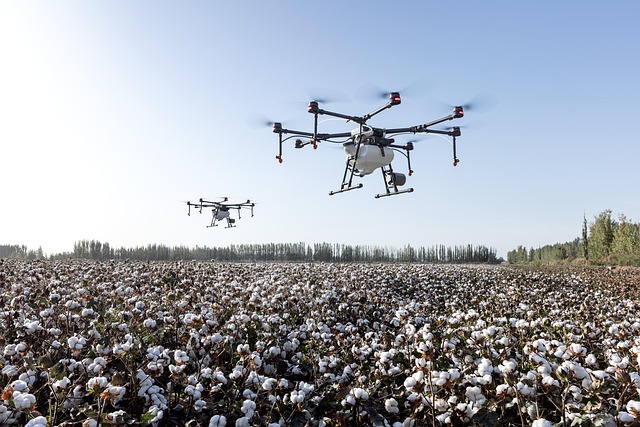
Humidity Controller For Grow Tent
Understanding Humidity Control in Grow Tents
Maintaining the right humidity levels in a grow tent is crucial for the health and productivity of plants. Plants thrive within specific humidity ranges, which can vary depending on their growth stage. For instance, seedlings and clones generally require higher humidity levels of around 70-75%, while vegetative and flowering stages are best supported with humidity levels between 40-50%. This article will explore the importance of humidity control and how humidity controllers can help maintain optimal conditions in your grow tent.
The Role of Humidity in Plant Growth
Humidity plays a significant role in plant growth. It affects transpiration, nutrient uptake, and overall plant health. When humidity levels are too high, plants can become susceptible to issues such as bud rot and mold, which can severely impact yield. Conversely, low humidity can lead to dehydration and stress, hindering growth. Therefore, understanding and managing humidity is essential for successful indoor gardening.
Types of Humidity Controllers
Humidity controllers are devices designed to maintain specific humidity levels in a grow tent. There are two primary types:
- Analog Controllers: These are basic devices that use a dial to set desired humidity levels. They are often more affordable but may lack precision.
- Digital Controllers: These offer more advanced features, including programmable settings and real-time humidity readings. They tend to be more accurate and user-friendly.
How to Choose the Right Humidity Controller
Selecting the right humidity controller for your grow tent involves considering several factors:
- Size of Grow Tent: Ensure the controller is suitable for the size of your grow tent. Larger spaces may require more powerful units.
- Humidity Range: Check the humidity range the controller can maintain. It should cover the needs of all plant growth stages.
- Ease of Use: Look for controllers that are easy to set up and operate, especially if you are new to indoor gardening.
- Features: Consider additional features such as programmable settings, alerts, and compatibility with other devices like humidifiers and dehumidifiers.
Implementing Humidity Control in Your Grow Tent
Once you have selected a humidity controller, implementing it effectively is key to maintaining optimal conditions:
- Placement: Position the controller in a location that accurately reflects the humidity levels within the grow tent. Avoid placing it near vents or direct light.
- Calibration: Regularly calibrate the controller to ensure it provides accurate readings. This may involve adjusting settings based on seasonal changes or plant growth stages.
- Monitor Regularly: Keep an eye on humidity levels and make adjustments as needed. This proactive approach can prevent potential issues before they arise.
Conclusion
Humidity control is a fundamental aspect of successful indoor gardening. Utilizing a humidity controller can help maintain the ideal environment for plants, promoting healthy growth and maximizing yield. By understanding the importance of humidity, selecting the right controller, and implementing effective strategies, growers can create a thriving indoor garden.


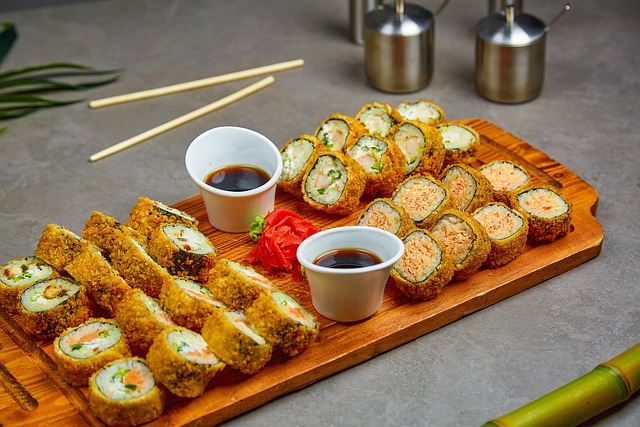
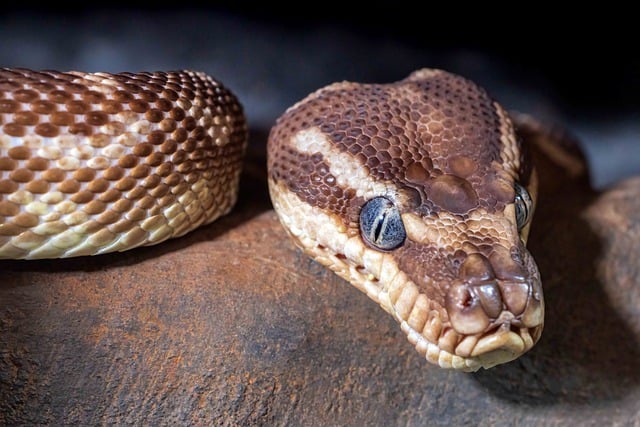




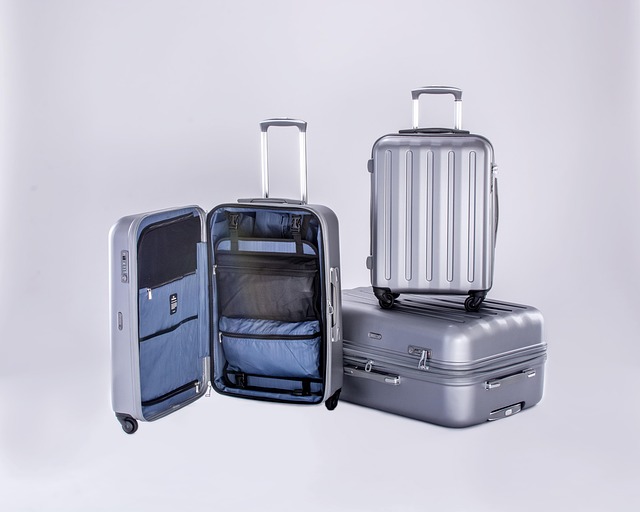

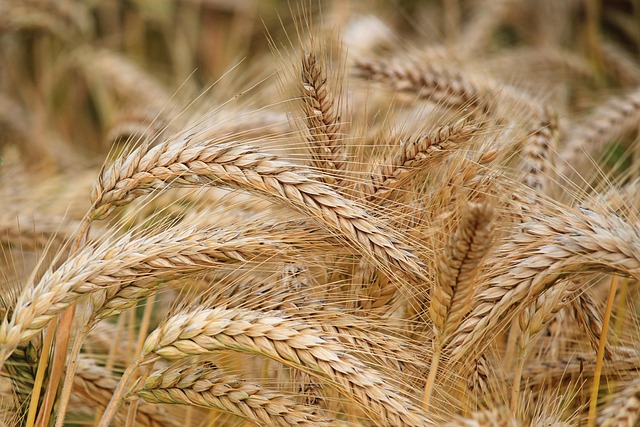
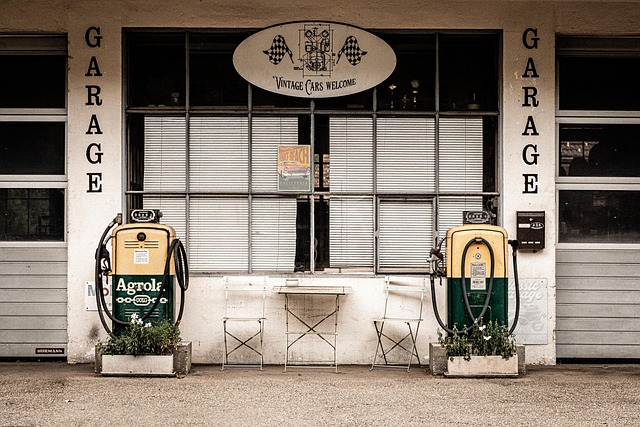




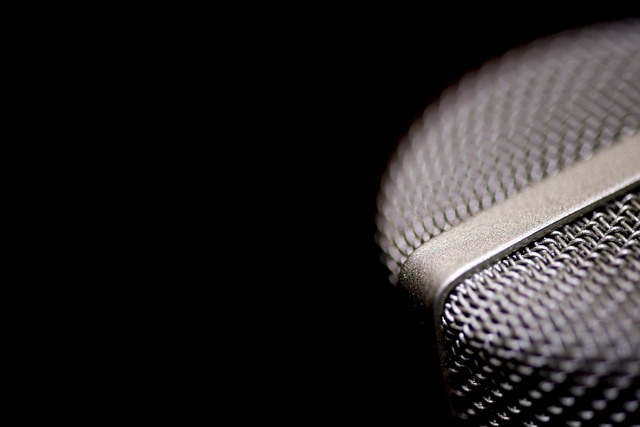
 Pope Professional Acoustics Ltd Photos
Pope Professional Acoustics Ltd Photos 
 Health
Health  Fitness
Fitness  Lifestyle
Lifestyle  Tech
Tech  Travel
Travel  Food
Food  Education
Education  Parenting
Parenting  Career & Work
Career & Work  Hobbies
Hobbies  Wellness
Wellness  Beauty
Beauty  Cars
Cars  Art
Art  Science
Science  Culture
Culture  Books
Books  Music
Music  Movies
Movies  Gaming
Gaming  Sports
Sports  Nature
Nature  Home & Garden
Home & Garden  Business & Finance
Business & Finance  Relationships
Relationships  Pets
Pets  Shopping
Shopping  Mindset & Inspiration
Mindset & Inspiration  Environment
Environment  Gadgets
Gadgets  Politics
Politics 